The eccentric Hungarian princess who moved into the Plaza Hotel with 12 servants and a lion cub
Imagine walking through Central Park one day and seeing a plump, fashionably dressed woman with her hair in a loose chignon walking a lion cub on a leash, trailed by a squad of servants.
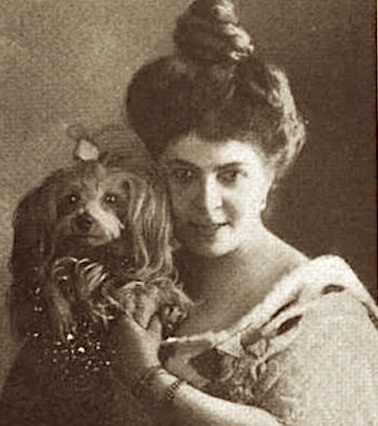
You’d stop and do a double-take, right? Park visitors in early 20th century who came across this lady and her lion cub likely did as well. And some may have recognized her as the European princess now living in Manhattan that many of the city’s dailies were buzzing about.
The princess, Elisabeth Vilma Lwoff-Parlaghy, didn’t just have a royal title. She was a noted painter who in 1909 parked her suitcases, servants, and menagerie of exotic animal pets in a 12-room suite at the new Plaza Hotel on 59th Street and Fifth Avenue.
There she began her colorful Gotham residency as a seemingly wealthy portraitist whose life was an alluring mystery.
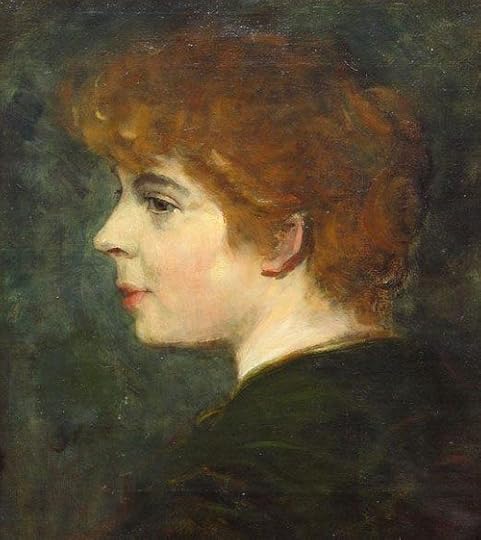
The mystery begins with her birth. Most sources say she was born into privilege in Hungary in the 1860s, showed an early talent in art, and studied at the Academy of Arts in Paris.
Others have it that her Jewish family was very poor, and after they scraped together the funds for the daughter they knew as Rebecca to study with a celebrated professor in Budapest, she set up a studio in Berlin and gave herself a new name.
As a young woman in 1890 (self-portrait, above), she painted a portrait of her mother (below), which caught the attention of the European art world and brought her to prominence.

Through the 1890s she painted portraits of Kaiser Wilhelm and other notable European figures, exhibiting them at the Salon de Paris and World Columbian Exposition in Chicago in 1893.
She made her first trip to New York City three years later, where she entranced Gotham’s art world, society, and the New York Times.
A fawning Times profile described her “big, vigorous brush strokes,” the jealous sneers “this gifted young woman” has received from fellow artists, and—in a moment of accidental foreshadowing—her love of horses and dogs, of which she “possesses half a dozen of the finest sort.”
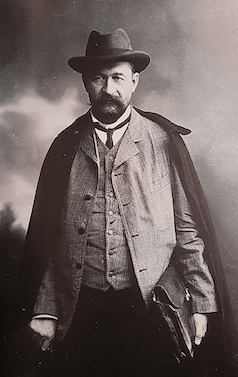
In 1899, Princess Vilma earned her title by marrying Russian Prince George Eugeny Lwoff (left).
“The union lasted just a few years,” states Atlas Obscura, “but Princess Lwoff-Parlaghy managed to retained her royal title—and much of her royal riches—post-divorce.”
In 1908, she returned to the States, temporarily settling in Hot Springs, Virginia and visiting Washington and Philadelphia.
But her sights were set on New York. So her staff sent letters to the city’s poshest hotels (which at the time were more like apartment buildings, with many full-time guests) seeking accommodations for “her highness” that included “auxiliary footmen” and a gold-trimmed Victoria, per the New York Times.
Her staff also requested a suite with room not just for the princess’s small dog but “a pet bear, (six months old and well trained), an ibis, and a young alligator,” wrote the Times. “These pets are from the palace of her Highness in Nice, and in case of damage her Highness is prepared to defray all expenses, although damage is unlikely.”
Reportedly turned down by the Waldorf-Astoria, the princess found rooms for her retinue at the year-old Plaza, a French Renaissance newcomer to the city’s luxury hotel scene.
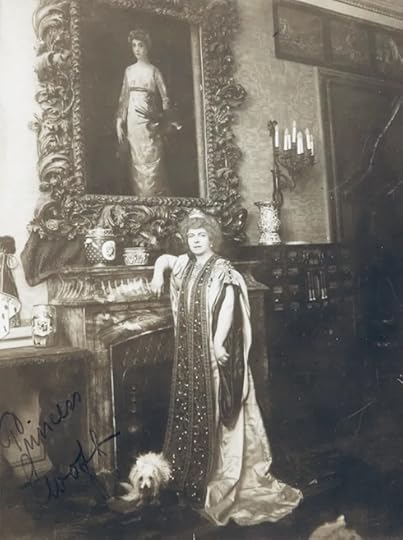
By now, her entourage included 12 servants and another alligator, an owl, an angora cat, and a guinea pig. “As explained by her first secretary yesterday, she dearly loves animals, despises people who are not kind to them, and insists upon the motto: love me, love my dog,” per a New York Times article in 1908, before she moved into the Plaza.
Her plan was to paint the portraits of great living Americans. Over the years, she accomplished this, with Thomas Edison, Theodore Roosevelt, and August Belmont among her sitters. But not long after settling in the city, she tried to buy a lion cub from the Ringling Brothers Circus.
Told the cub was not for sale, she had Civil War General Daniel E. Sickles buy it for her. Sickles recently sat for a portrait, and her reasoning was that the Circus wouldn’t turn down such a celebrated American—which they didn’t.
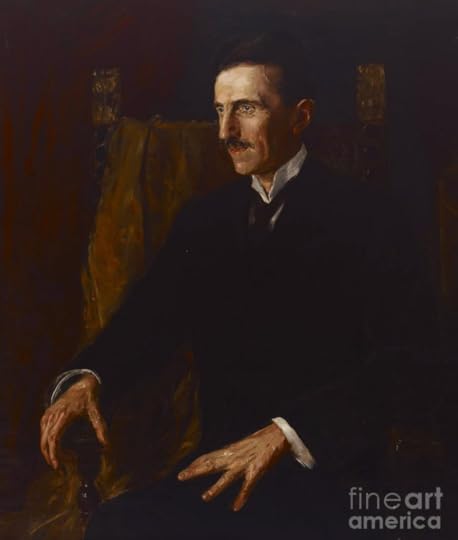
The cub, named Goldfleck, went on leashed walks through Central Park and reportedly lived in the suite bathtub. Goldfleck even accompanied the Princess when she went back to Nice for visits.
Sadly, Goldfleck passed away in 1912. A funeral was held for him at the Plaza, and the now full-grown lion was interred at the pet cemetery in Hartsdale, New York.
Meanwhile, newspaper writers documented her comings and goings. She continued painting, scoring the only portrait of Nikola Tesla, who sat for her in 1916 (above).

It wasn’t long, however, before her unpaid bills at the Plaza (above) caught up with her, and she was asked to leave. Her paintings “were held as security for the unpaid bill,” wrote the New York Times. “But she was permitted to take with her a pet bear, an alligator, an ibis, two falcons, two pet dogs and two Angora cats, which made up her pet menagerie.”
Next stop for the princess was a townhouse at 109 East 39th Street. She decorated as if it were an art museum (displaying mysteriously acquired van Dycks, Rubens, and Rembrandts), entertained lavishly, and kept up the mystery of where her funds were coming from—as World War I spelled the end of her ex-husband’s riches, per Atlas Obscura.

She died “destitute” in her townhouse in 1923, according to the New York Times, with just two servants remaining of the dozen who previously catered to her. Her funeral took place at her home as well as the Greek Orthodox Church on West 54th Street, where an open casket displayed the Princess wearing a blue and gold robe and a silver crown. Today she rests in Woodlawn Cemetery.
“Death spared her seeing the most cherished objects of her household sold at public auction,’ wrote the New York Times in her obituary.
In a city always teeming with characters, Princess Vilma found a home for herself and her beloved menagerie. Entitled, eccentric, and with a true talent for portraiture, her theatrical life amused New Yorkers of the era—and she took many mysteries with her to the grave.
[Images 1-4, Wikipedia; fifth image: natachaivaldi.com; sixth image: Pixels.com; seventh image: MCNY 93.1.3.1529; eighth image: Alamy]



